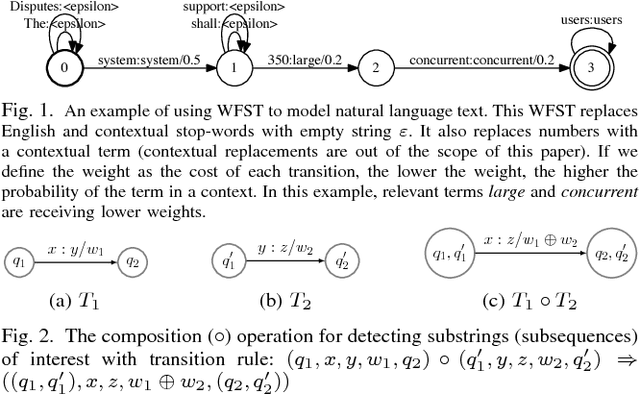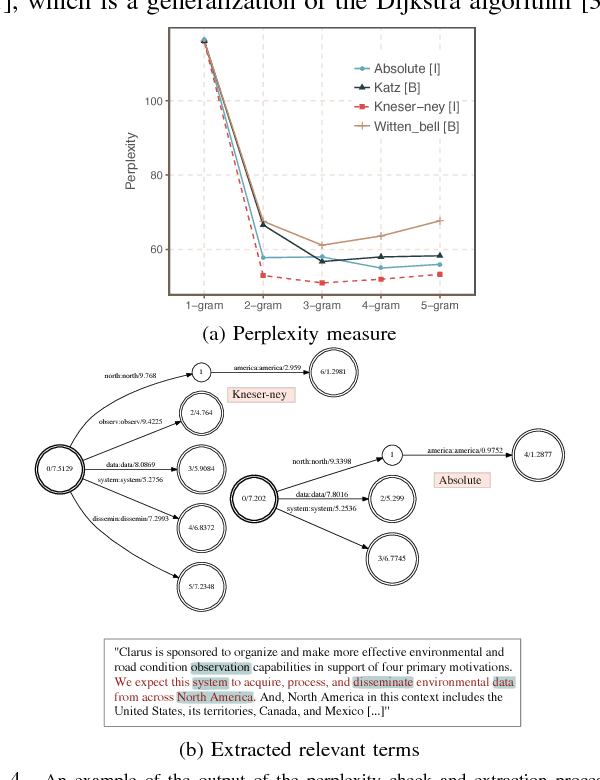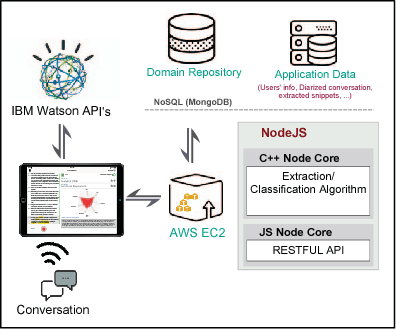Zahra Shakeri Hossein Abad
Foundation Metrics: Quantifying Effectiveness of Healthcare Conversations powered by Generative AI
Sep 21, 2023Abstract:Generative Artificial Intelligence is set to revolutionize healthcare delivery by transforming traditional patient care into a more personalized, efficient, and proactive process. Chatbots, serving as interactive conversational models, will probably drive this patient-centered transformation in healthcare. Through the provision of various services, including diagnosis, personalized lifestyle recommendations, and mental health support, the objective is to substantially augment patient health outcomes, all the while mitigating the workload burden on healthcare providers. The life-critical nature of healthcare applications necessitates establishing a unified and comprehensive set of evaluation metrics for conversational models. Existing evaluation metrics proposed for various generic large language models (LLMs) demonstrate a lack of comprehension regarding medical and health concepts and their significance in promoting patients' well-being. Moreover, these metrics neglect pivotal user-centered aspects, including trust-building, ethics, personalization, empathy, user comprehension, and emotional support. The purpose of this paper is to explore state-of-the-art LLM-based evaluation metrics that are specifically applicable to the assessment of interactive conversational models in healthcare. Subsequently, we present an comprehensive set of evaluation metrics designed to thoroughly assess the performance of healthcare chatbots from an end-user perspective. These metrics encompass an evaluation of language processing abilities, impact on real-world clinical tasks, and effectiveness in user-interactive conversations. Finally, we engage in a discussion concerning the challenges associated with defining and implementing these metrics, with particular emphasis on confounding factors such as the target audience, evaluation methods, and prompt techniques involved in the evaluation process.
ELICA: An Automated Tool for Dynamic Extraction of Requirements Relevant Information
Jul 21, 2018



Abstract:Requirements elicitation requires extensive knowledge and deep understanding of the problem domain where the final system will be situated. However, in many software development projects, analysts are required to elicit the requirements from an unfamiliar domain, which often causes communication barriers between analysts and stakeholders. In this paper, we propose a requirements ELICitation Aid tool (ELICA) to help analysts better understand the target application domain by dynamic extraction and labeling of requirements-relevant knowledge. To extract the relevant terms, we leverage the flexibility and power of Weighted Finite State Transducers (WFSTs) in dynamic modeling of natural language processing tasks. In addition to the information conveyed through text, ELICA captures and processes non-linguistic information about the intention of speakers such as their confidence level, analytical tone, and emotions. The extracted information is made available to the analysts as a set of labeled snippets with highlighted relevant terms which can also be exported as an artifact of the Requirements Engineering (RE) process. The application and usefulness of ELICA are demonstrated through a case study. This study shows how pre-existing relevant information about the application domain and the information captured during an elicitation meeting, such as the conversation and stakeholders' intentions, can be captured and used to support analysts achieving their tasks.
Dynamic Visual Analytics for Elicitation Meetings with ELICA
Jul 10, 2018
Abstract:Requirements elicitation can be very challenging in projects that require deep domain knowledge about the system at hand. As analysts have the full control over the elicitation process, their lack of knowledge about the system under study inhibits them from asking related questions and reduces the accuracy of requirements provided by stakeholders. We present ELICA, a generic interactive visual analytics tool to assist analysts during requirements elicitation process. ELICA uses a novel information extraction algorithm based on a combination of Weighted Finite State Transducers (WFSTs) (generative model) and SVMs (discriminative model). ELICA presents the extracted relevant information in an interactive GUI (including zooming, panning, and pinching) that allows analysts to explore which parts of the ongoing conversation (or specification document) match with the extracted information. In this demonstration, we show that ELICA is usable and effective in practice, and is able to extract the related information in real-time. We also demonstrate how carefully designed features in ELICA facilitate the interactive and dynamic process of information extraction.
 Add to Chrome
Add to Chrome Add to Firefox
Add to Firefox Add to Edge
Add to Edge